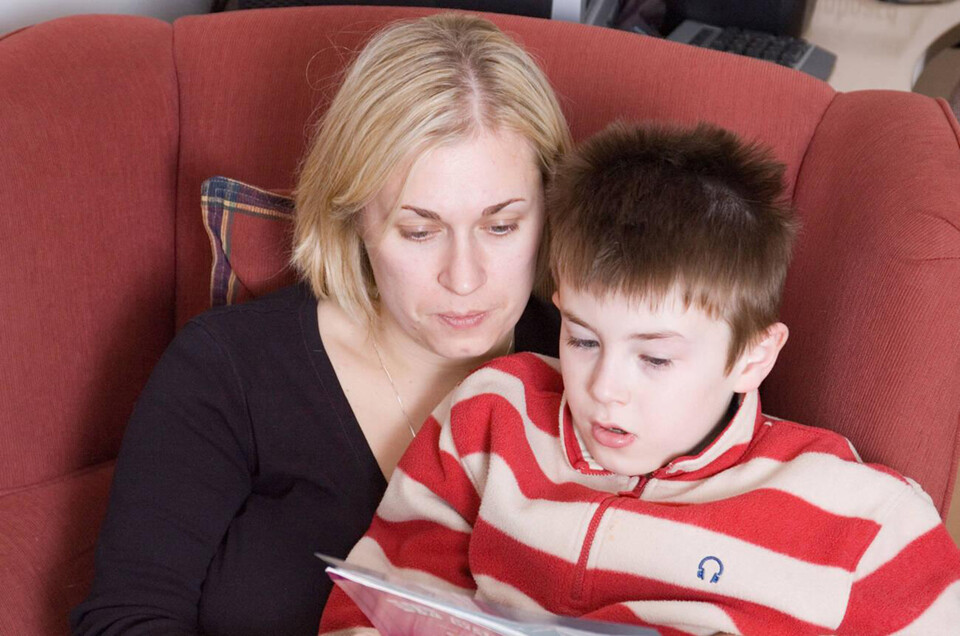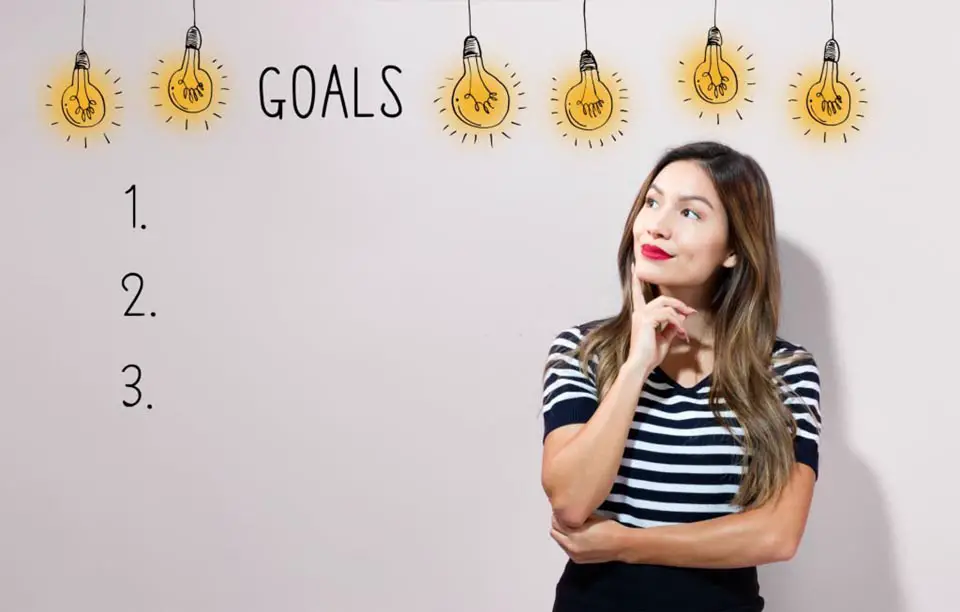Overview
Visual perceptual skills play a crucial role in enabling individuals to participate effectively in various activities of daily living. These skills refer to the ability to process and interpret visual information, such as size, form and distance, which are critical for completing tasks such as reading, cleaning or navigating one’s environment.
Information is received by the eyes and transmitted to the brain, which then processes and integrates it with other sensory inputs to form a complete representation of the world. Without strong visual perceptual skills, individuals may struggle to complete everyday tasks and experience difficulties in educational and social situations. Thus, it is vital for individuals to develop and maintain strong visual perceptual skills to function in daily life effectively.
Visual perceptual skills are divided into several main categories. These categories include visual attention, visual memory, figure-ground discrimination, spatial relationships, and visual closure, each of which plays a vital role in interpreting and processing visual information.
Form Constancy
It is crucial for a person to comprehend that an object’s form does not become altered, even when placed within different surroundings. For example, shapes, as well as alphabetic and numeric characters, are presented the same regardless of the medium they are displayed through (book, screen, whiteboard etc.).
Figure-Ground Perception
This assists an individual in focusing on objects in a cluttered or busy setting. One example of this skill can be found in a classroom, which is filled with things to catch a child’s eye. Due to this ability, the child can stay focused while reading or copying from a whiteboard.
Visual Discrimination
This aptitude empowers individuals with the ability to discern delicate variances among objects. It proves particularly useful for youthful learners in their reading endeavours, as it aids in preventing errors in recognition of similar-looking letters, such as the differentiation between the letters “m” and “w”, “p” and “q”, and so forth.
Visual Closure
Visual closure is an invaluable cognitive capacity that enables individuals to comprehend an object or image that is only partially disclosed, thereby facilitating a smooth and effortless process of reading and interpretation.
Visual Sequential Memory
The ability of visual recall plays a crucial role in retaining sight words, while the skill of visual sequential recall helps in preserving the order of letters in spelling, thus fostering the formation of words and phrases.
Visual Motor Integration
This refers to the concurrence of visual cues with physical movements, such as the manipulation of a thread through a sewing needle or the application of peanut butter onto a slice of toast.
The Consequences of Visual Perceptual Difficulties in Individuals
For children, if they have weak visual perceptual abilities, it can have a significant impact on their academic performance and learning. Poor visual perception can lead to difficulties in recognizing letters and numbers, tracking lines of text while reading, and copying information from the board to paper. These difficulties can cause frustration, low self-esteem, and poor grades in school.
Furthermore, visual perceptual difficulties can also impact play. Children with poor visual perception may struggle with tasks such as catching a ball, playing board games, or constructing puzzles, which can limit their social interactions and hinder their overall development.
It is essential to undergo a comprehensive visual field examination by an optometrist to determine if there are any visual perceptual difficulties. Early intervention can help to improve visual perceptual abilities and prevent detrimental effects on academic and day-to-day activities.
Approaches to Overcoming Visual Perception Challenges
To enhance visual perception skills, it is advisable for the individual to engage in a diverse range of fine and gross motor activities. These activities can include tasks such as building with Legos and playing sports.
Moreover, an array of visual perceptual exercises can be employed to strengthen these abilities. Examples of these exercises include card matching, solving jigsaw puzzles, navigating mazes, identifying patterns, going on treasure hunts, solving crossword puzzles, and unscrambling words.
It is also crucial to maintain a balanced approach when it comes to screen time. While screens offer a multitude of visually stimulating games, excessive use can have a negative impact on vision and suppress creative thinking. A balanced approach that incorporates both screen activities and non-screen activities are recommended.
Finally, while worksheets can be an excellent tool, it is essential to tailor the materials to the specific needs and requirements of the individual. This personalized approach will ensure that the exercises are most effective in enhancing visual perception skills.







